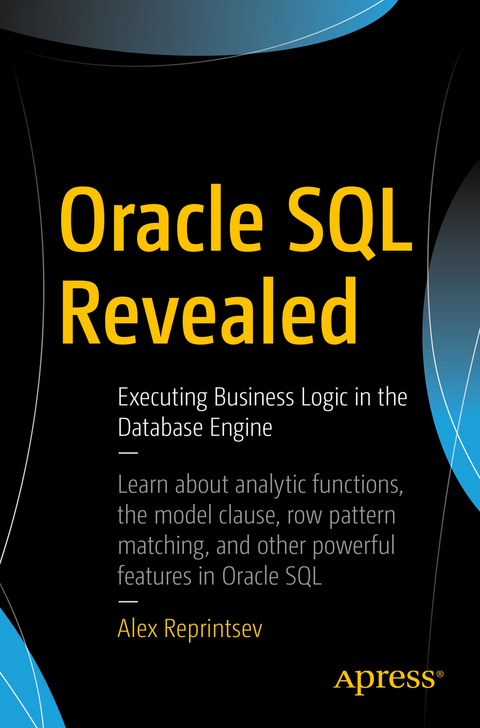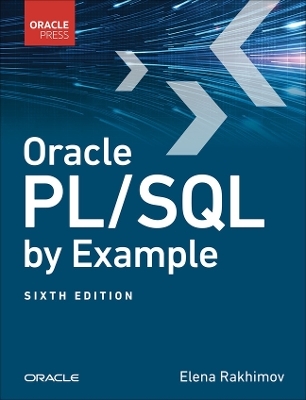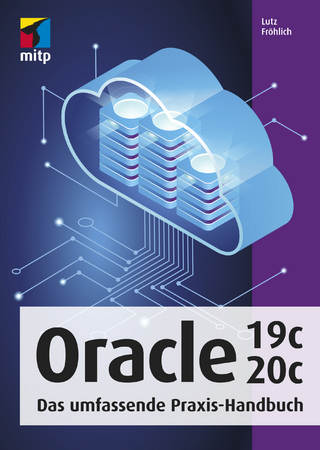
Oracle SQL Revealed
Apress (Verlag)
978-1-4842-3371-9 (ISBN)
Important features and aspects of SQL covered in this book include the model clause, row pattern matching, analytic and aggregate functions, and recursive subquery factoring, just to name a few. The focus is on implementing business logic in pure SQL, with a comparison of different approaches that can be used to write SELECT statements to return results that drive good decision making and competitive action in the marketplace.
This book covers features that are often not well known, and sometimes not implemented in competing products. Chapters on query transformation and logical execution order provide a grasp of the big picture in which the individual SQL features described in the other chapters are executed. Also included are a discussion on when to use the procedural capabilities from PL/SQL, and a series of examples showing different mixes of SQL features being applied in common types of queries that you are likely to encounter.
What You Will Learn
Gain competitive advantage from Oracle SQL
Know when to step up to PL/SQL versus staying in SQL
Become familiar with query transformations and join mechanics
Apply the model clause and analytic functions to business intelligence queries
Make use of features that are specific to Oracle Database, such as row pattern matching
Understand the pros and cons of different SQL approaches to solving common query tasks
Traverse hierarchies using CONNECT BY and recursive subquery factoring
Who This Book Is For
Database programmers withsome Oracle Database experience. The book is also for SQL developers who are moving to the Oracle Database platform or want to learn unique features of its query engine. Both audiences will learn to apply the full power of Oracle’s own SQL dialect to commonly encountered types of business questions and query challenges.
Alex Reprintsev has more than 10 years of experience in database development using various databases, including Oracle, Microsoft SQL Server, MySQL, DB2, and modern SQL engines for Big Data such as Hive and Impala. He has successfully delivered applications for various customers covering different workload types such as OLTP, OLAP, and mixed workloads. During his journey, Alex has faced a number of challenges related to implementing business logic and tuning SQL for performance. He believes details really do matter, and that it is important to know and exploit the full feature set of whatever database engine you choose to build your business around.
Part I: Features and Theory.- .- 1. Joins.- 2. Query Transformations.- 3. Analytic Functions.- 4. Aggregate Functions.- 5. Hierarchical Queries: CONNECT BY.- 6. Recursive Subquery Factoring.- 7. Model.- 8. Row Pattern Matching: match_recognize.- 9. Logical Execution Order of Query Clauses.- 10. Turing Completeness.- .- Part II: PL/SQL and Patterns.- 11. When PL/SQL is Better.- 12. Solving SQL Quizzes.- Appendix A: Useful Oracle Links.
| Erscheinungsdatum | 14.04.2018 |
|---|---|
| Zusatzinfo | 4 Illustrations, black and white; X, 389 p. 4 illus. |
| Verlagsort | Berkley |
| Sprache | englisch |
| Maße | 155 x 235 mm |
| Themenwelt | Informatik ► Datenbanken ► Oracle |
| Mathematik / Informatik ► Informatik ► Software Entwicklung | |
| Mathematik / Informatik ► Informatik ► Web / Internet | |
| Schlagworte | Analytic Functions • ANSI joins • CONNECT BY • Hierarchical Queries • MODEL clause • PL/SQL • Query Transformation • Row Pattern Matching • Window functions |
| ISBN-10 | 1-4842-3371-9 / 1484233719 |
| ISBN-13 | 978-1-4842-3371-9 / 9781484233719 |
| Zustand | Neuware |
| Haben Sie eine Frage zum Produkt? |
aus dem Bereich


